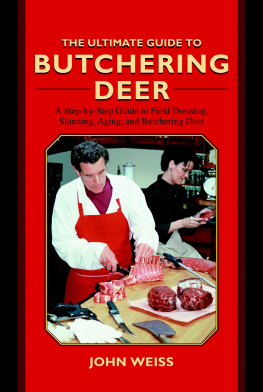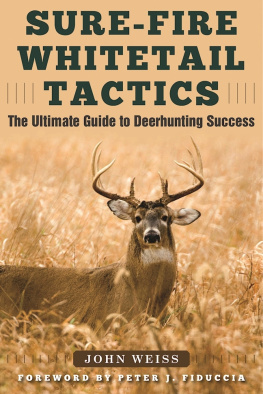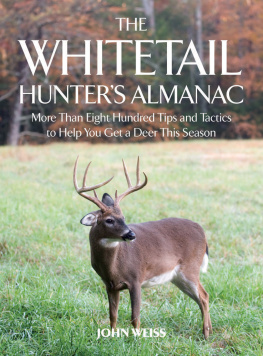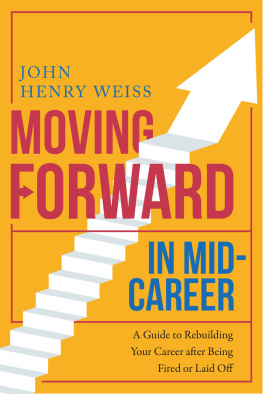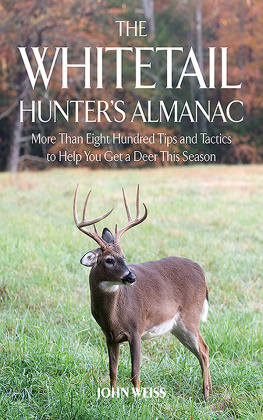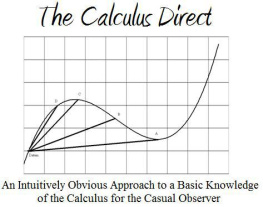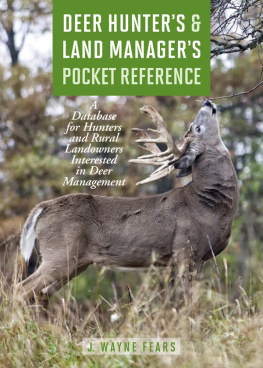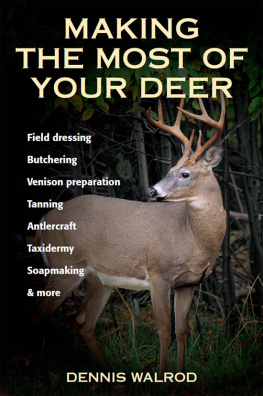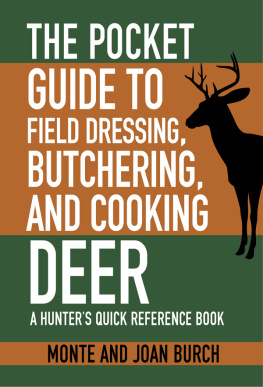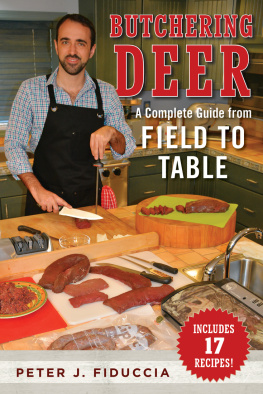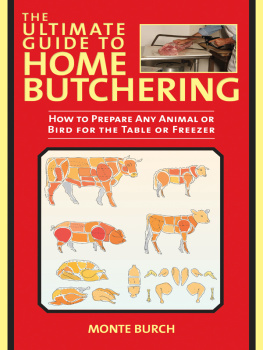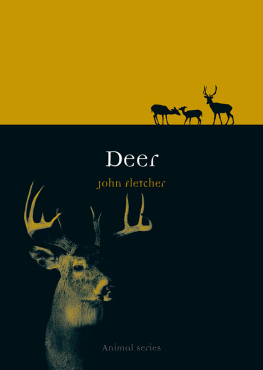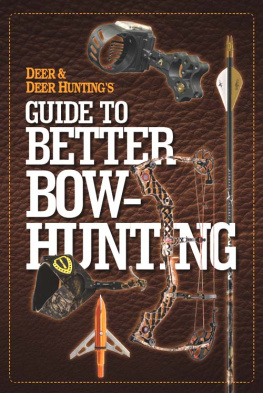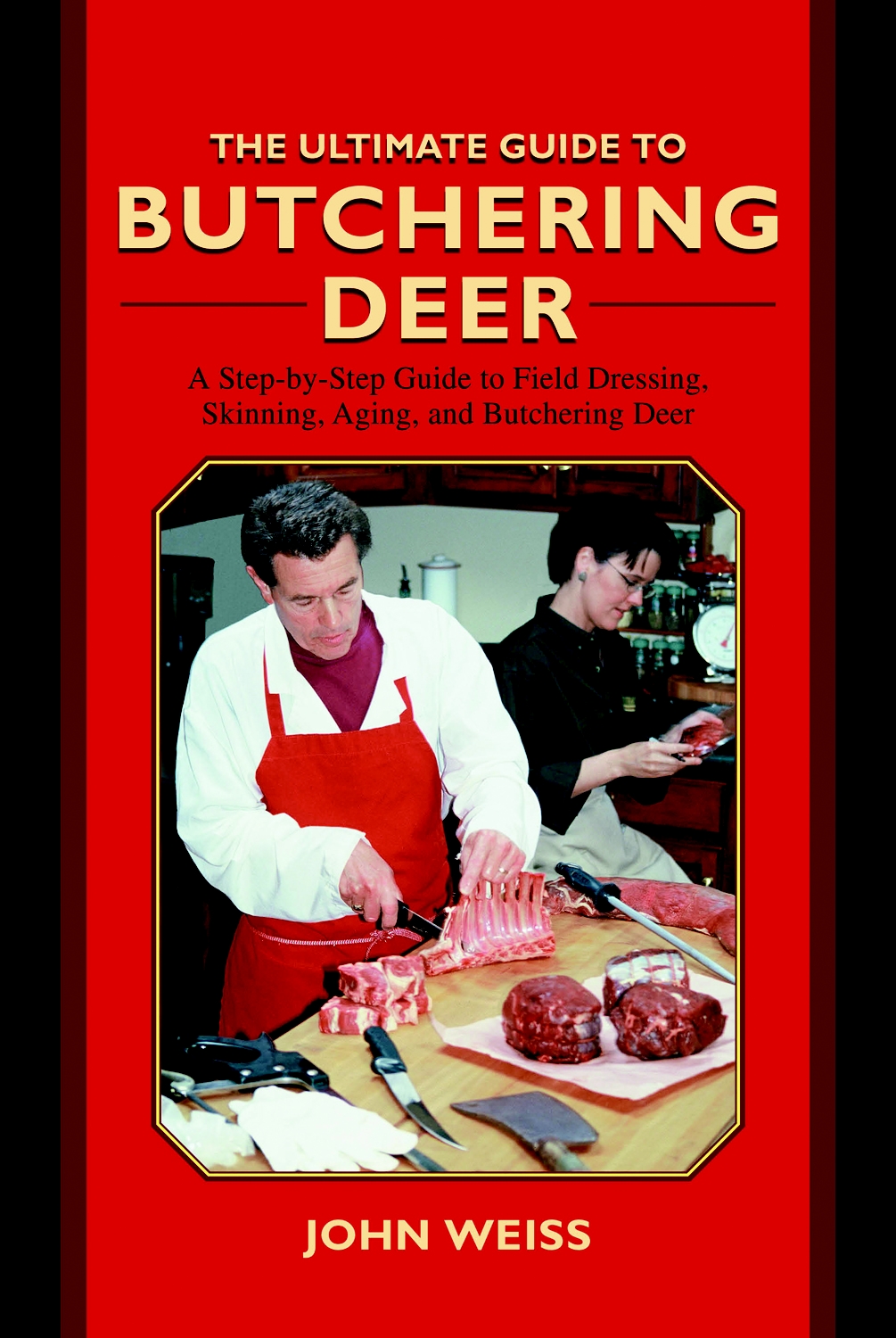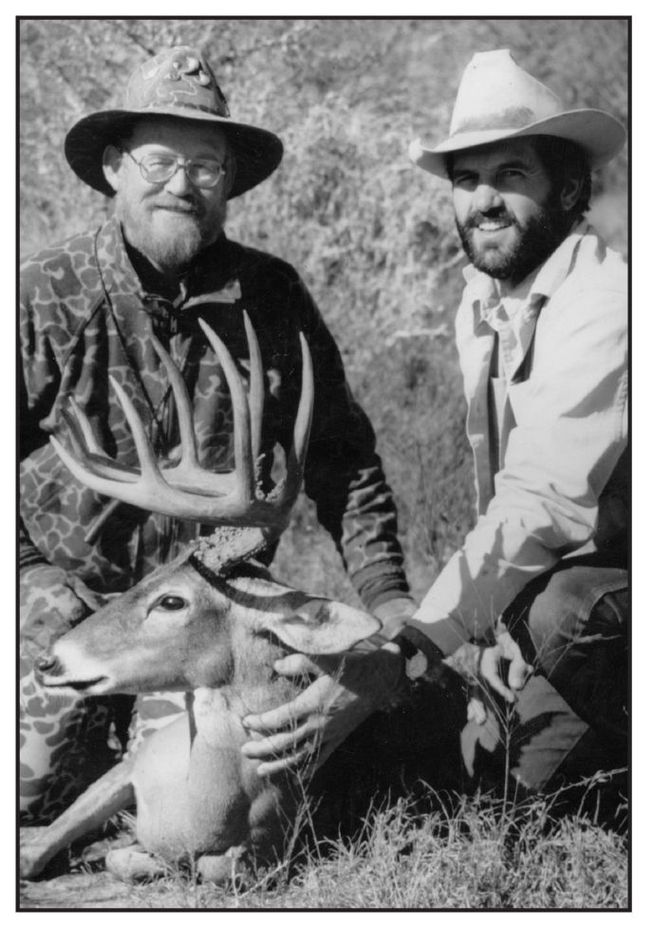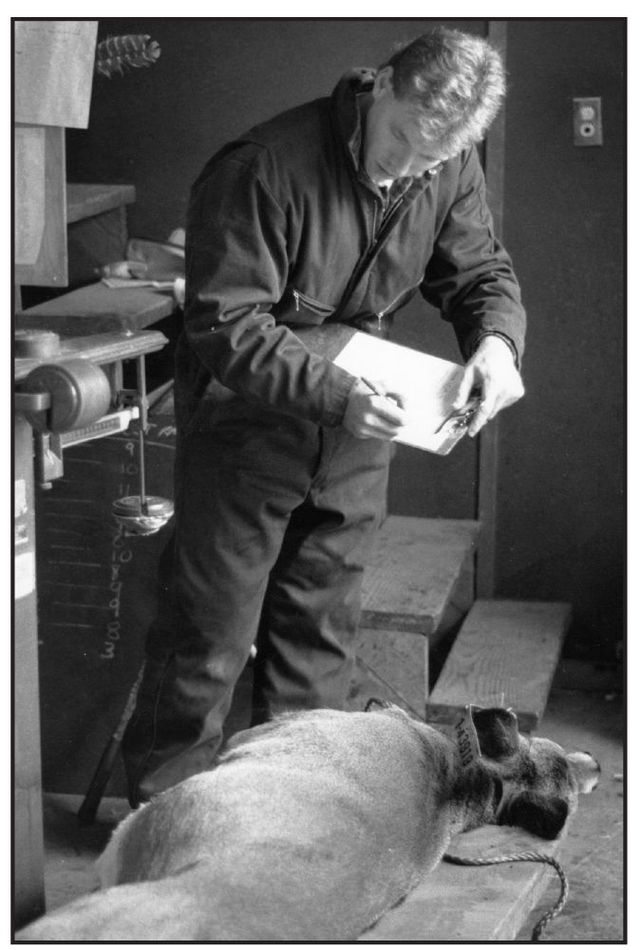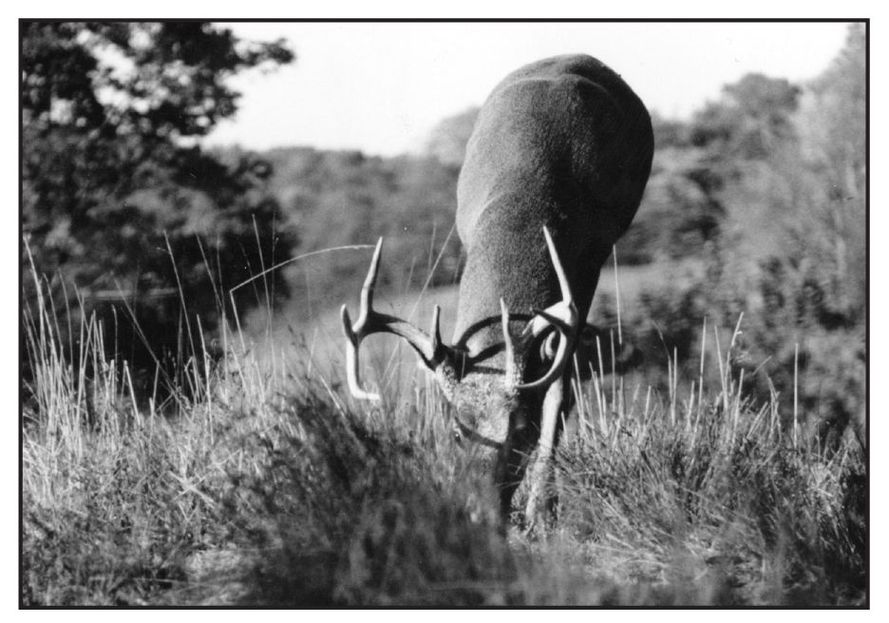The Selective Deer Hunter
T here is certainly no shortage of animals these days. Even trophy bucks abound. In fact, this season an estimated nine hundred of those deer will find their way into the Boone & Crockett or Pope & Young record books. Hunters will take millions of deer nationwide. With such a large number of deer available to the countrys hunters, why shoot an animal that no one except perhaps the family dog will eat? You wouldnt go to the grocery store and put on a blindfold before making a large meat purchase, and then expect your family to suffer through months of tough, flavorless beef riddled with sinew and gristle. Why take that approach when entering the deer woods?
This year hundreds of deer will make the record books, while millions of others are destined for home freezers. Thats something our ancestors could only have dreamed about.
Of course, as we saw in the Foreword, early man didnt have the luxury of being selective in his hunting. When youre hungry and must rely upon primitive equipment such as a spear to avoid starvation, you cant be fussy about what you kill. You take what comes along, and youre grateful for it.
Todays hunter lives in a different world. Undoubtedly, he owns a freezer that can preserve his game in excellent condition for many monthsa distinct advantage over his predecessors. Moreover, early man hunted long and hard most every day of the year, and missed countless shots before eventually collecting game. Yet todays hunter, equipped with state-of-the-art shooting equipment, enjoys a thousandfold greater success rate in terms of hours spent afield.
We no longer need to hunt in order to eat, and so we no longer need to be opportunists. Yet counterbalancing this to some extent, todays hunter is restricted by season dates and the number of deer he can take in a given year.
The bottom line is that sensibility will, or at least should, govern the attitude of any hunter. Hell want to be selective in making his choices, to ensure that the animals he does take offer the best possible eating. If it turns out that the deer a hunter levels his sights upon yields delicious, tender venison and also is a buck with impressive antlers, then that hunter has the best of both worlds.
Unlike Indians and prehistoric hunters, todays deer hunter has the liberty of being able to look over many animals and evaluate their condition before deciding which to take.
Judging Tender Deer
Many myths surround the subject of what makes for a tender deer, but professionals in the food industry will tell you that the sex and age of the animal are not the most important considerations.
Components that go into the quality (tenderness and flavor) of virtually any game animal include: (1) the health of the animal at the time it was killed; (2) the diet of the animal throughout the year; (3) the amount of stress the animal was subjected to just prior to its demise; (4) the meat-handling techniques used from field to kitchen; and (5) the cooking method, since different cuts of meat require different cooking techniques. There is nothing a hunter can do to control the diets of deer, since they eat just about anything at one time or another. But over the years Ive noticed that deer taken from rich agricultural regions, where they undoubtedly fed regularly upon corn, soybeans, alfalfa, oats, wheat, orchard fruits, and truck-garden vegetables, have been fatter and consistently more tender and flavorful than leaner animals killed far back in the hinterland where they subsisted mainly upon twigs, buds, leaves, weed species, wild grasses, and similar native foods.
One thing a hunter can do at the outset is evaluate the health of any animal in question before committing to squeezing the trigger or releasing the bowstring. Evaluating the health of a deer is not difficult, either; it can be accurately determined by merely examining its various body features.
Sometimes this is easier said than done, because few deer are enthusiastic about posing long minutes before a hunter wielding a .270-caliber rifle. And, of course, impulsive hunters who are more interested in shooting and getting their animal on the ground any way they can, and as quickly as possible, obviously have no way of evaluating the quality of their venison until after the fact. By then its too late, and they must hope for the best because their hastily made decision is now irreversible.
But many times (Im talking now about the careful, methodical hunter who plans his strategy and is selective about what he takes home), it is indeed possible to watch a deer for quite a while before deciding whether or not to try and collect it. By doing this, the hunter gains a valuable education for future hunts when he perhaps does not have so much time to look over a particular animal; then his accumulated experiences from the past allow him to merely glance at a deer and instantly know its worth. If and when a particular animal does not measure up to his expectations, he withdraws back into the shadows and continues to hunt, hoping to come across something better. Hunters derive immense pride and satisfaction from this type of hunting philosophy.
In evaluating a given deer, first check the color and condition of the animals coat. This should take only a few seconds. Through the warm spring and summer months a deers coat is made up of thin, solid, light-reddishbrown-colored hairs that allow body heat to escape and thereby render somewhat of a cooling effect. Later in the season, deer exchange their sum-mer coats for dark-grayish-brown coats of thick, hollow hairs that efficiently trap body heat and provide them with warmth during the winter. These coats, in turn, will be shed sometime the following spring as air temperatures once again begin to climb.
First check the animals coat. It should glisten and be smooth and of uniform color.
If you spot a deer during the fall or winter hunting season and it is still sporting a reddish coat, something is wrong. That animal is not in good health and may not even make it through the coming winter. Unless you like using a linoleum knife to slice your steaks, you should wait for something better to come along.
Even a deer that has its characteristic gray-brown winter coat may be in poor health if that coat looks dull, lusterless, is ruffled in places, and overall has a scraggly looking appearance. This occurs when the coat hairs are no longer being supplied with naturally produced lanolin and other body oils normally secreted by the skin and hair follicles. In any species, this dysfunction is an indication of malnutrition or other ill health.
A deer in prime condition, on the other hand, has a coat that is smooth and thick, of uniform coloration or very gradual blending, with a rich, glossy sheen. There is no mistaking such deer. In fact, from the picture window of my southern Ohio farmhouse, I have a perfect view of our south meadow. And when the angle of the sun is just right, healthy deer seen from a distance actually appear to shine like bright lights, as the luster of their coats has a distinct reflective quality. There are often as many as a dozen whitetails on that meadow at the same time, attracted to a seven-acre food plot Ive sowed into red clover, and I cannot recall ever taking a deer there that was not butterball fat and scrumptious table fare.

